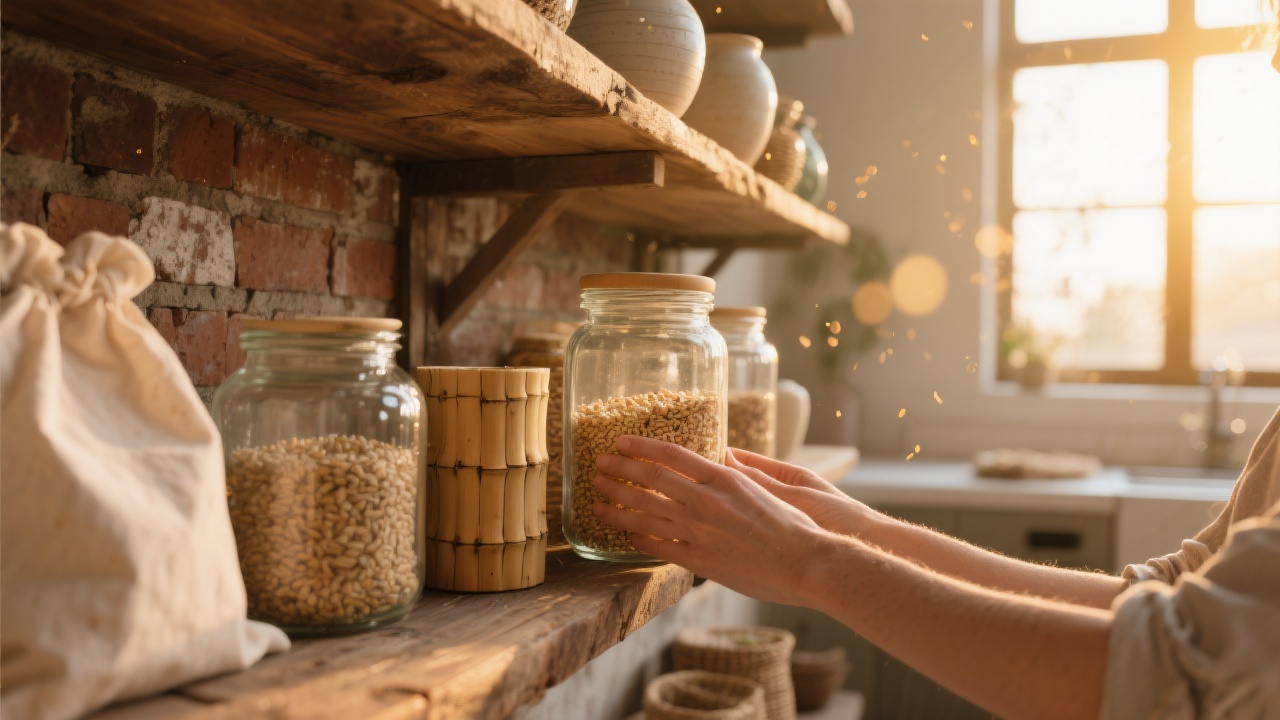Picture yourself standing in a grocery store aisle, overwhelmed by choices. You want to make better decisions for the planet, but where do you even start? If this sounds familiar, you’re not alone. Young shoppers everywhere are navigating this same challenge, trying to balance their values with their budgets.
Here’s what might surprise you: sustainable shopping isn’t the niche, expensive hobby it used to be. In fact, U.S. consumers spent $199 billion on sustainable products in 2023 [2], proving that eco-friendly has officially gone mainstream. As we head into 2025, the landscape is shifting dramatically, and understanding these changes can transform how you approach shopping.
The Numbers That Change Everything
Remember when sustainable products meant scratchy hemp shirts and overpriced granola?
Those days are long gone, and the data proves it. The global sustainable consumer goods market hit $293.80 billion in 2023 and is racing toward $574.67 billion by 2030 [1]. This isn’t just impressive growth—it represents a complete transformation of how we shop.
What this means for your daily life: Major brands are scrambling to meet demand, which translates to better options at every price point. Businesses’ growth strategies now depend entirely on understanding what consumers like you want from sustainable products [4]. The power has shifted to shoppers, and companies are finally listening.
Here’s where it gets particularly interesting: researchers now track sustainable market share across 36 different product categories [5]. This isn’t guesswork anymore—it’s data-driven shopping. You can actually compare performance, pricing, and availability across brands, making informed choices easier than ever before.
The Food Packaging Revolution You’re Already Experiencing
Walk into any grocery store in 2025, and you’ll notice something different.
Those plastic clamshells holding your berries? They’re disappearing faster than you might expect. The eco-friendly food packaging market reached $227.985 billion in 2024 [3], fundamentally changing how your food arrives home.
This shift goes beyond simply swapping plastic for cardboard. Innovative companies are creating packaging that actually enhances your food experience:
-
Compostable wraps that keep produce fresher longer
-
Refillable containers that save you money on repeat purchases
-
Package-free sections where you can bring your own containers
The best part? As this market grows, prices are dropping. What once felt like a luxury choice is becoming the standard option. You might find yourself learning new habits—like keeping reusable produce bags in your car or discovering which packaging goes in compost versus recycling. These small adjustments quickly become second nature.
Why This Isn’t Just for “Eco Warriors” Anymore
Sarah, a college student in Portland, used to feel alone in her sustainable shopping efforts.
Her friends rolled their eyes when she brought reusable bags or chose the pricier eco-option. But something shifted recently—now they’re asking her for recommendations.
This social change reflects a larger trend that’s worth understanding. The NYU Stern Center’s tracking of sustainable products across multiple categories shows these items aren’t just for environmental activists anymore [5]. They’re performing well in mainstream markets, attracting everyday shoppers who simply want quality products.
What’s driving this shift? Transparency. You can now research actual market performance before purchasing, comparing sustainable options based on real data rather than marketing claims. This accountability pushes companies to deliver products that work as well as (or better than) conventional alternatives. The days of sacrificing quality for sustainability are ending.
How This Impacts Your Everyday Routine
Think about your typical day. You grab coffee, pack lunch, maybe stop for groceries after class or work. Each of these moments now offers sustainable choices that weren’t available even two years ago. With $199 billion in U.S. spending on sustainable products [2], these options have moved from specialty stores to everywhere you already shop.
The transformation feels subtle at first:
-
Your favorite coffee shop switches to compostable cups
-
The campus bookstore stocks recycled notebooks that cost the same as regular ones
-
Your go-to snack brand launches refillable packaging
These aren’t dramatic changes, but collectively they reshape your daily routine. Perhaps most importantly, sustainable products are becoming your default option, not special purchases. You’re not going out of your way anymore—these choices are simply there, integrated into your regular shopping experience.
Your 2025 Shopping Strategy (No Overwhelm Required)
So how might you navigate this new landscape? Consider starting with categories that have established market tracking. These 36 tracked categories [5] offer the most reliable sustainable options, backed by performance data rather than just green marketing.
Your strategy could look like this:
- Before major purchases, check market share data to identify leading sustainable brands
- Start with one category—maybe personal care or snacks—and gradually expand as you find products you love
- Use the massive $293.80 billion market size [1] as reassurance that options exist at every price point
Remember, you don’t need to overhaul everything at once. Consider picking products you use daily and finding sustainable swaps that fit your lifestyle and budget. As competition increases, you’ll likely discover better quality and pricing. The key is starting somewhere and building habits that feel natural, not forced.
The sustainable shopping revolution isn’t coming—it’s here. With nearly $200 billion in U.S. spending proving these products work [2], you’re joining a massive movement that’s reshaping retail. Whether you start with food packaging, personal care, or household items, remember that every choice contributes to this transformation.
Consider checking out NYU Stern’s Sustainable Market Share Index before your next shopping trip to discover which brands are leading in your favorite categories. The future of shopping isn’t about sacrifice or specialty stores—it’s about better options becoming the norm. Welcome to 2025, where sustainable is simply how we shop.

 Photo by
Photo by  Photo by
Photo by  Photo by
Photo by  Photo by
Photo by  Photo by
Photo by